Imagine yourself boarding a plane and you find that your hands are sweaty and your stomach churns, even though the plane hasn’t even taken off, you find that your mind is continuously spinning with the worst-case scenario. However, Flying is considered one of the safest ways to travel, but because of the fear of flying, many people cancel their trips, miss important life events, and even avoid stepping on a plane altogether. But instead of avoiding, mental health professionals recommend facing the fear with knowledge, preparation, and support. This article gives a clear understanding of Aviophobia in detail and the ways to ease it.
What is Aviophobia?
Aviophobia, also known as Aerophobia, term was First coined during World War II, is a pathological fear or Psychological Phenomenon of flying and an uncomfortable condition of being in an aeroplane, aircraft, and helicopter, and its crash, which can cause potential harm. It lies under the Specific Phobia Category in DSM-5TR. Take off, bad weather, and turbulence appear to be the most anxiety-provoking aspects of flying (Laker et al., 2024; Wiederhold & Bouchard, 2014).
Psychological Theories Behind Aviophobia
3 psychological theories give us a deep understanding of aerophobia, which are as follows –
1 . Classical Conditioning
The concept of classical conditioning was given by Ivan Pavlov; this plays a crucial role in the development of Aerophobia. The theory explains how one develops the fear of flying by associating it with negative experiences, such as past traumas, exposure to media (Roberts, 2023). For instance, if a person has already experienced a panic attack in a previous flight, there is a high chance of having a strong association between flying and anxiety (Kang, 2024).
2. Cognitive Theory
This theory was given by Beck, who found that because of catastrophic thinking (focusing on the worst-case scenario), we overestimate the danger of flying and underestimate our ability to cope with it. Because of this, anxiety and avoidance behavior increase (Roberts, 2023). To understand this, here is an example: A person in the flight thinks “The plane will crash” or “I won’t be able to control my fear” (Kang, 2024).
3. Social Learning
Albert Bandura proposed that behaviour can be learned through observation and imitation. It means that a person may experience fear if they see images of an aeroplane crash on TV or in the newspaper, and witness another person’s fearful experiences (Roberts, 2023). The recent plane crash of Air India Airlines in Ahmedabad is an example of this learning, which reinforces fear.
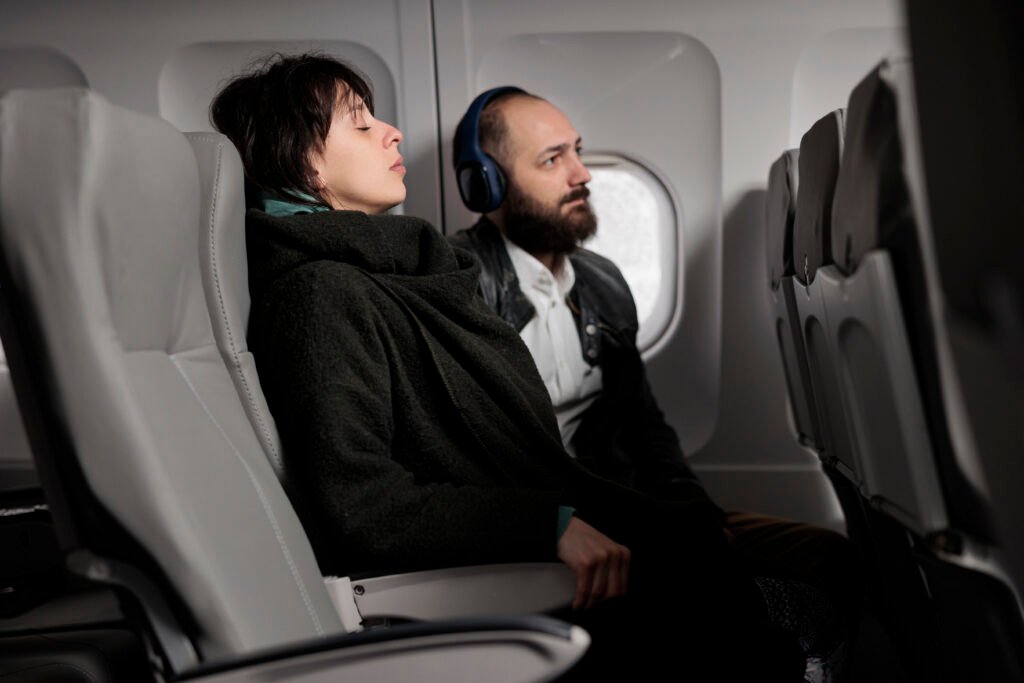
Signs And Symptoms of Aerophobia
A person with Aviophobia would experience both Physical and Psychological Symptoms, which are as follows:
Physical Symptoms
- Rapid Heartbeat
- Sweating
- Trembling
- Shortness of breath
- Nausea
- Chest tightness
- Upset stomach or indigestion
- Vomiting (Cowley, 2024; Lim & Lim, 2023)
Psychological Symptoms
- Avoidance behavior
- Inability to relax or focus or relax
- Hypervigilance
- Irrational thoughts
- In many cases, Panic attacks (Tarrant, 2023).
For some people, flying is not the only reason that causes these; other reasons for these are as follows:
- Fear of being in an enclosed space
- Fear of height
- Fear of crowds
- Hijacking/Terrorism
- Loss of control
- Post-traumatic flight experience (Cowley, 2024).

How To Cope with the Fear of Flying?
While addressing Aviophobia, it is important to have versatile approaches that can tackle both Physical and Psychological symptoms, and with the right methods and mindset, one can learn to feel safer in the sky. If one learns how to calm the storm inside the mind, that is when the real change begins. Here are some ways to make that step easier
1. Cognitive Behavioural Therapy (CBT)
CBT was given by Aaron Beck, which helps us in replacing all the irrational or negative thoughts with neutral or positive ones. In Aviophobia, CBT helps in replacing all the irrational thoughts that are associated with the fear of flying. Researchers consider it one of the most effective interventions for phobias, including aviophobia. A meta-analysis in Clinical Psychology Review also supports its effectiveness for anxiety-related disorders. A trained and licensed therapist helps the client develop coping strategies to manage anxiety before or during the flight. There are generally 1 to 20 sessions, which last up to 30 to 60 minutes (Shrivastava & Shrivastava, 2025).
2. Exposure Therapy
It’s a part of the behavior school of thought in which the person is exposed to an object that causes fear in a safe environment. The motto of Exposure therapy is “Let’s get comfortable with being uncomfortable”, says Courtney DeAngelis, who is a licensed Clinical Psychologist Medical Centre. For example, in Aviophobia, the therapist can start by showing the person videos of taking off planes and then take them to the airport without boarding a flight. This will allow the client to face their fear step by step, which has restrained their brain (Gupta, 2024). The confrontation of the stimulus can be either “In Vivo (Real) or In Imagination”. This can be used in any form, such as Systematic Desensitization, Stress Inoculation Training, Flooding, or sometimes a mix of all of these.
- In Systematic Desensitization, the therapist first facilitates the client’s comfort in every step of the process. This can be done through meditation, progressive muscle relaxation, and guided imagery (Gupta, 2024). In this gradual exposure, the therapist presents the feared stimulus starting with the least fearful item—a process known as the ‘Fear Hierarchy’ (Himani, 2024).
- In Flooding, the person is immediately exposed to the most intense fear. This technique eliminates the fear quickly by overwhelming the anxiety system (Himani, 2024).
- Another famous type of exposure therapy, which is widely used for Aviophobia, is Virtual Reality Exposure Therapy. This therapy is most useful when situations like flying can’t be recreated. In this, people are put in a simulated environment that feels real (Himani, 2024).
3. Eye movement desensitisation and reprocessing: For trauma-related fear
This therapy is beneficial for those who have witnessed or survived accidents, as this can help them process the emotional pain that is linked to flying. According to Dr.Ajinkya, this therapy helps in reducing the emotional intensity of all those events (Mehra, 2025).
4. Pharmacological Treatment
There is no proper medicine for this phobia, but still, some doctors provide medicines to manage anxiety and fear in aviophobia. All the medications depend on the symptoms that are experienced by the individual. The doctor clearly instructs clients to take these medications only before the flight to calm their nerves and promote relaxation (Cowley, 2024; Fletcher, 2023).

Factors to consider while choosing a Therapist for Aviophobia
- Therapeutic Approach
- Credentials and Licensing
- Comfort and connection
- Availability and scheduling
- Personalised treatment plans
- Specialisation and Expertise (Roy, 2023)
Conclusion
This article provided a comprehensive overview of Aviophobia, its Psychological roots through theories like Classical conditioning, Cognitive theory, and Social learning. Common symptoms that an individual would experience, both physiological and psychological, are increased heart rate, Sweating, Shortness of breath, Nausea, Avoidance behaviour, Inability to relax or focus or relax, Hypervigilance, Irrational thoughts, etc. It is not just about planes; it is often a deeper fear of loss of control, vulnerability, or past trauma.
Psychology not only offers the explanation but also tools for intervention, which can be used by psychologists and counsellors, such as CBT, Exposure therapy, Progressive muscle techniques, etc. In conclusion, while all of this can be overwhelming, learning skills, enhancing self-awareness, and using relaxation techniques, it is possible to overcome the fear of flying. The key takeaway is: Fear can be unlearned. The sky doesn’t have to be the limit; it can also be the beginning.
FAQs
1. Can Fear of flying be completely cured?
Answer: Therapy and other interventions can help manage or reduce aviophobia, even if they don’t eliminate it.
2. What do I do if I am having a panic attack during a flight?
Answer: If you are having panic attacks during a flight, you can take medications prescribed by the doctor, visualize a healthy flight, and have healthy distractions such as reading a book, watching a movie, practice relaxation techniques like deep breathing and meditation, seek support on the plane (Star, 2023).
Disclaimer: These are skills that need to be learned and practised beforehand, and not directly used during the flight.
3. What is the difference between Fear and Phobia?
Answer: Both terms involve an emotional response with physical reactions, but the key difference is that fear arises when you perceive a real danger. For instance, walking alone in a jungle. In contrast, a phobia is an irrational fear marked by intense anticipation of a perceived threat, even in the absence of real danger. For example, someone might feel anxious just by seeing a spider on TV.
4. Can personality traits also cause aviophobia?
Answer: A study by Minoretti et al. (2025) found that individuals with high neuroticism and low levels of conscientiousness and agreeableness are more prone to aviophobia.
5. Why is Aviophobia classified as a specific phobia category?
Answer: The Specific Phobia category involves a variety of fears in which an individual has an irrational and intense fear of a particular object. The fear of flying also aligns with this definition based on physiological and psychological responses and experiences of human beings.
6. What makes Systematic desensitisation more effective for aviophobia than sudden exposure?
Answer: It is a gradual process that allows the client to get comfortable in each and every step. This helps in building trust and reducing fear without overwhelming the situation.
References
References
1. Cowley, G. (2024a, November 21). How can someone manage a fear of flying (aviophobia)? https://www.medicalnewstoday.com/articles/10609
2. Fletcher, J. (2023, May 17). 7 ways to overcome your fear of flying. Psych Central. https://psychcentral.com/anxiety/fear-of-flying
3. Kang, S. (2024, June 21). Understanding aerophobia: unraveling the psychological processes and seeking support. Psych Connect Pte Ltd. https://www.psychconnect.sg/updates/2024/06/17/understanding-aerophobia-un raveling-the-psychological-processes-and-seeking-support
4. Laker, M., Bob, P., Riethof, N., & Raboch, J. (2024). Fear of flying, stress, and Epileptic-Like symptoms. Neuropsychiatric Disease and Treatment, Volume 20, 777–782. https://doi.org/10.2147/ndt.s449342
5. Lim, J. C., & Lim, J. C. (2023a, August 18). Fear of flying: symptoms & management of aviophobia – AeroTime. AeroTime. https://www.aerotime.aero/articles/fear-of-flying-why-aviophobia-exists-its-sy mptoms-and-how-it-can-be-managed
7. Shrivastava, R., & Shrivastava, R. (2025a, February 14). Overcoming the fear of flying: Understanding the mental health challenges and practical solutions | Cognitive Healing. Cognitive Healing | Learn How to Improve Mental Health Through Cognitive Healing. https://www.cognitivehealing.com/phobia/overcoming-the-fear-of-flying-under standing-the-mental-health-challenges-and-practical-solutions/
8. Tarrant, G. (2023, September 10). Fear of Flying (Aerophobia): Questions, causes, symptoms, treatments, therapies – PsychoTreat. PsychoTreat. https://psychotreat.com/aerophobia-or-fear-of-flying/
9. Wiederhold, B. K., & Bouchard, S. (2014). Fear of Flying (Aviophobia): Efficacy and Methodological Lessons Learned from Outcome Trials. In Springer eBooks (pp. 65–89). https://doi.org/10.1007/978-1-4899-8023-6_4
10. Gupta, S. (2024, July 19). How does exposure therapy work? Verywell Mind. https://www.verywellmind.com/exposure-therapy-definition-techniques-and-ef ficacy-5190514
11. Himani. (2024, October 4). Exposure therapy and how does it treat phobias? Mantra Care.
https://mantracare.org/therapy/issues/exposure-therapy-for-phobias/
12. Mehra, P. (2025, June 18). Scared to fly after recent air crashes? These psychiatrist-approved tricks can help overcome anxiety. Financial Express. https://www.financialexpress.com/life/lifestyle-scared-to-fly-after-recent-air-cra shes-these-psychiatrist-approved-tricks-can-help-overcome-anxiety-3884608/
13. Seeker, K. (2025, June 12). Fear of Flying: Understanding and Overcoming Aviophobia. Better Health Facts. https://www.betterhealthfacts.com/2025/06/fear-of-flying-aviophobia.html
14. Cassata, C. (2025, March 3). 6 Ways to manage flight anxiety, from mental health experts and pilots. Health. https://www.health.com/6-ways-to-manage-flight-anxiety-11687207
15. Roy, S. (2023, December 30). Fear of Flying therapy: Benefits, approaches and more. TherapyMantra Canada. https://therapymantra.ca/types/fear-of-flying-therapy/
16. Star, K., PhD. (2023, January 5). Managing panic attacks while flying. Verywell Mind. https://www.verywellmind.com/managing-panic-attacks-while-flying-2584150
17. Minoretti, P., Fortuna, G., D’Acquino, D., & Lavdas, K. (2025). Personality Dimensions of Subjects with Aviophobia: A Case-Control Comparison with Frequent Fliers. Cureus. https://doi.org/10.7759/cureus.78411

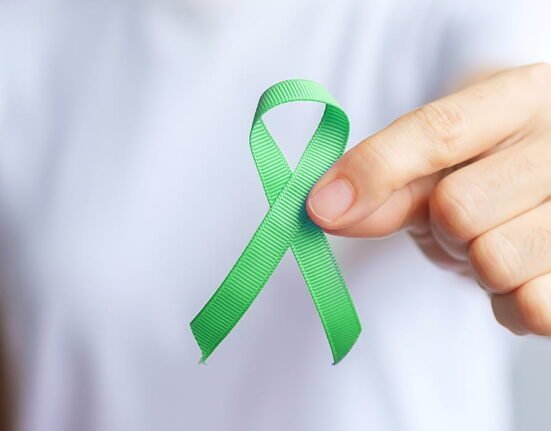





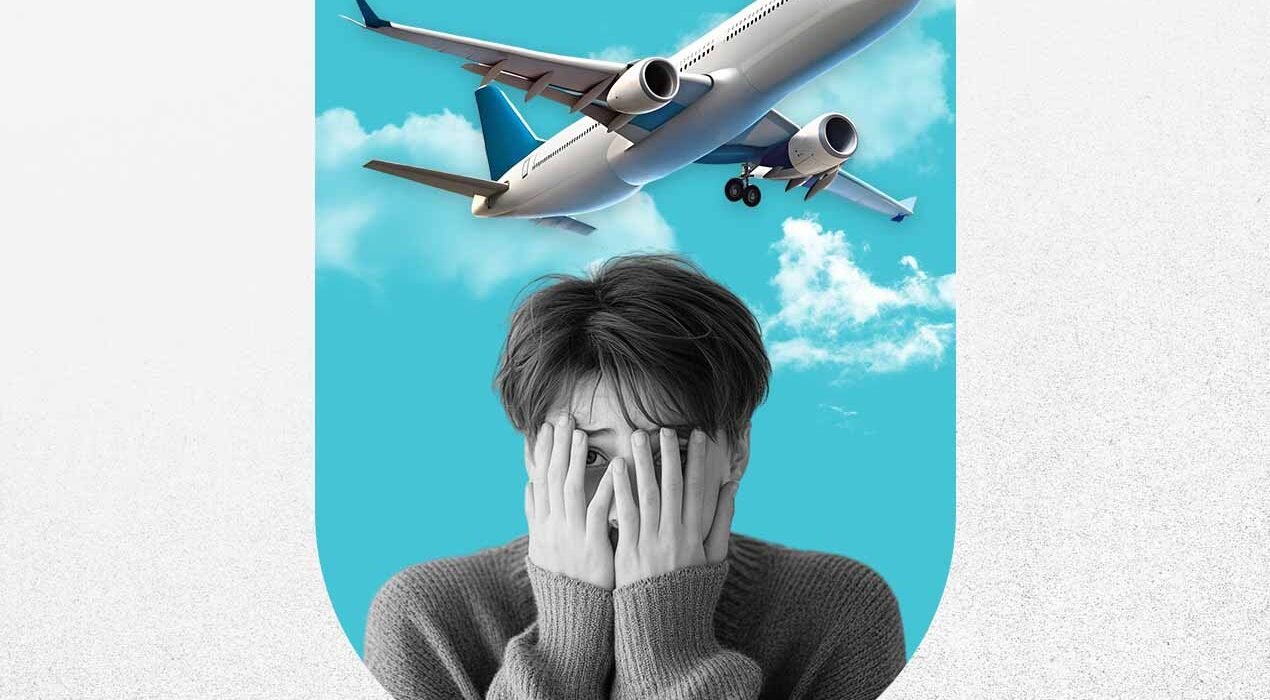
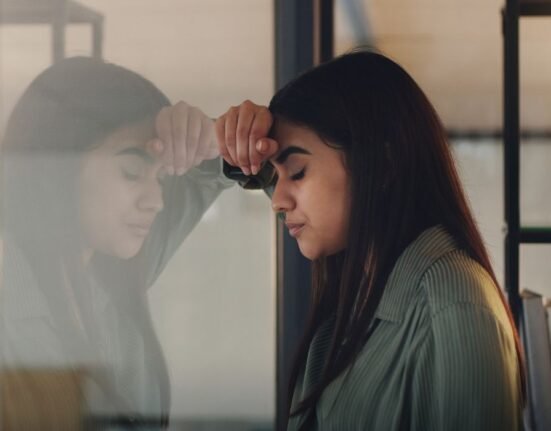
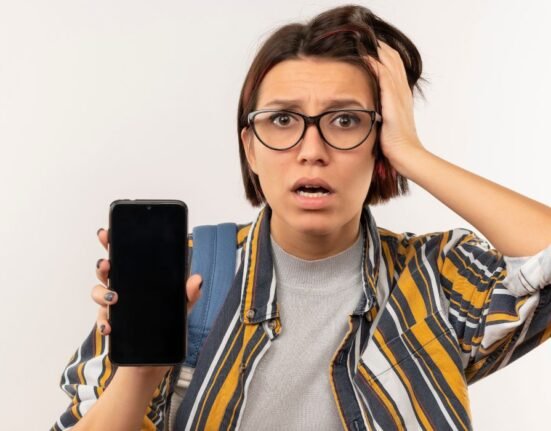



Leave feedback about this